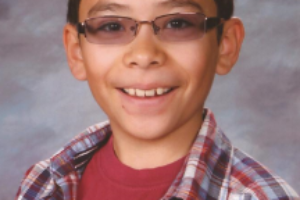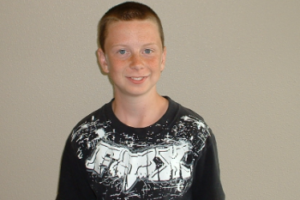Oculomotor Dysfunction
When we read, our eyes have to move from word to word to word. Those eye movements are some of the smallest and most precise muscle movements in the human body. Some refer these eye movements as eye tracking.
Developmentally, things like speech and motor coordination often do not develop as they should, and these children often receive interventions from speech, occupational, and physical therapists. Eye movement development is no different. Often children have not developed the eye tracking skills they need to perform well in school and sports.
These children will struggle with:
- Skipping words when they read (especially the smaller words such as “to”, “and”, “it” because these words are harder for the eyes to land on than larger words
- Jumping over a line of text or accidentally re-reading the same line of reading
- Losing place often or needing to use a finger to keep place while reading
- Slow, hesitant reading
- Learning to read
- Word confusion
- Having a hard time lining of up numbers in math
- Poor handwriting
To have good handwriting, our eyes must guide our hand as we write. Just to write the letter “F” we must draw a vertical line, find the exact top of that line and draw a horizontal line, and then find the middle of the line to draw the last line. A typical letter “F” can be no more than a few millimeters high and requires coordination to be very fine. So, if you don’t have fine control over the eyes to guide that motor movement, then children often start to feel their way through the handwriting, instead of it being visually guided. The text gets bigger and smaller, the spacing is inconsistent and they often struggle to stay on the line. Also, these children will often press harder when they write because they are trying to increase their tactile sensory signal to better feel their way through the writing.
Eye tracking skills also guide other motor movements than just handwriting. Any type of fine motor activity such as stringing beads and stacking blocks can be affected. Even large motor movements that are important in sports can be impacted as these eye tracking abilities affect hand-eye coordination. Attention can be affected as well due to the child’s inability to maintain their gaze on the task at hand.
Vision therapy is very effective at improving eye tracking skills. The clinical name for poor eye movement is a condition known as oculomotor dysfunction. Our developmental optometrists specialize in treating this condition and even have new technology that aids in diagnosing and monitoring progress with eye tracking (learn more here). Schedule a free screening today.




